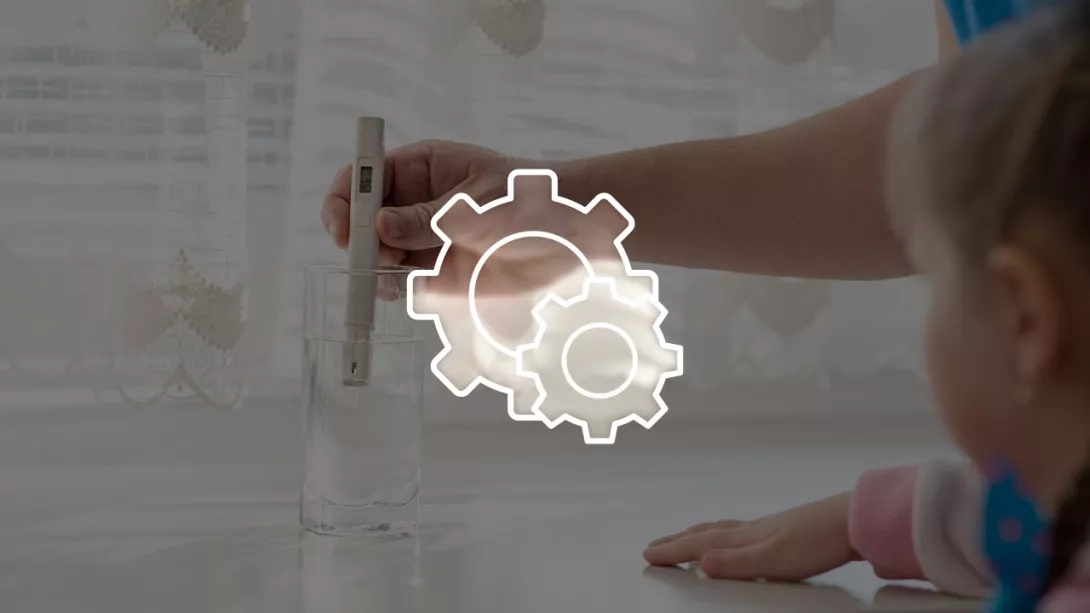There are numerous stories online about restoring a reverse osmosis membrane at home. However, we do not recommend any DIY interventions and suggest simply replacing the membrane element annually. To understand why we discourage self-washing, let’s examine the causes of membrane clogging.
Chemistry of Contaminants
A reverse osmosis membrane filter is a smaller version of large water purification systems.
For industrial reverse osmosis membranes, there are two types of cleaning: continuous and chemical.

During continuous backwashing, most contaminants are flushed from the membrane surface. However, even with regular cleaning, some substances still adhere to the membrane. These substances are divided into groups and removed using different chemical agents.
The four main groups of contaminants include:
- Colloidal impurities — clay particles, carbon dust, and other substances that pass through pre-filters.
- Inorganic salts — calcium and magnesium carbonates, iron, manganese, and other metal compounds that form dense deposits in the membrane.
- Organic substances, mainly of natural origin, create slime in the membrane’s layers, leading to clogging.
- Biological growths are colonies of algae and microorganisms that settle and reproduce inside the membrane housing.
Mineral deposits from inorganic salts can be removed with acidic agents, while organic and colloidal impurities, along with microbiological growths, are removed with alkaline solutions. These chemicals are aggressive and should be used by trained personnel.
How to Wash a Membrane at Home?
Using citric acid to clean a reverse osmosis membrane at home, based on Google searches, is a top trend. The most common advice is to soak the membrane in a solution for 4, 6, or 12 hours. Here's why we don’t recommend this method:
- Citric acid is too weak to dissolve all deposits.
- Soaking is not the same as cleaning; water must be applied under pressure to wash away contaminants.
- Acidic agents only reduce mineral contamination but do not address organic slime.
The real way to restore membranes is by using specialized filters that can handle the cleaning mode. These filters have a valve to reverse the water flow from the storage tank or a container with a special solution.
How to Test a Reverse Osmosis Membrane?

If you still decide to wash the membrane element and continue using it:
- Measure the TDS at the inlet and outlet of the system before and after cleaning.
- Check if too much concentrate is being drained. Citric acid might not clean the membrane properly and could even lead to further clogging.








